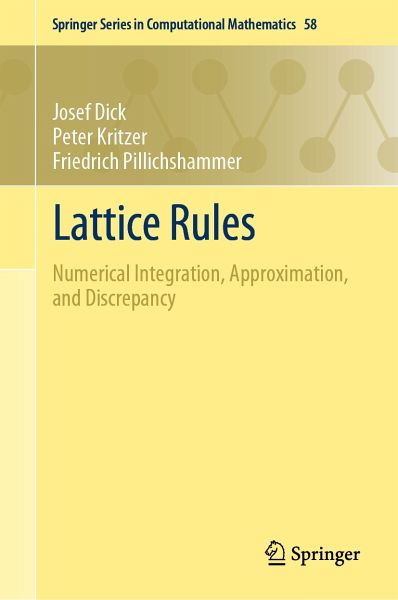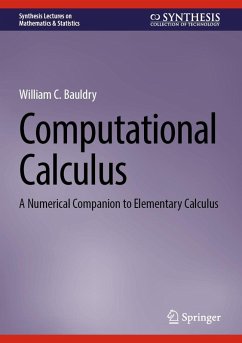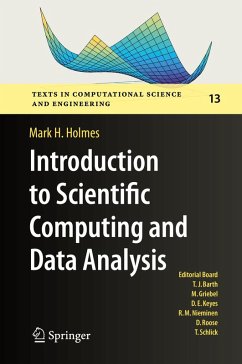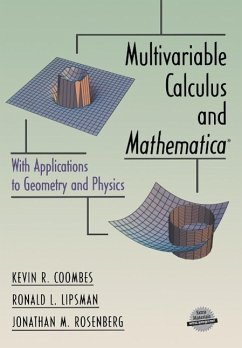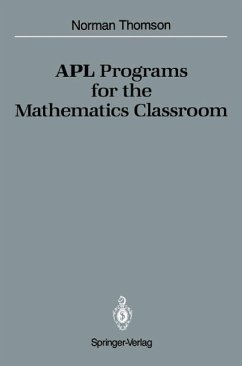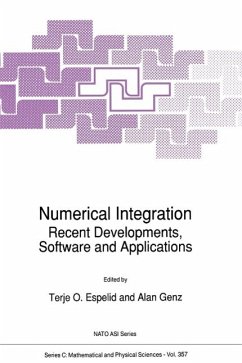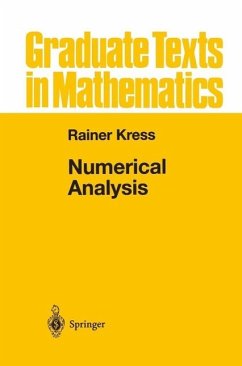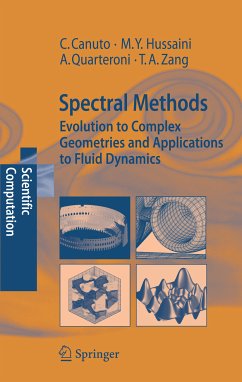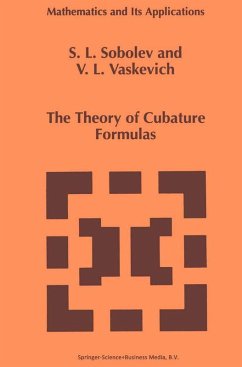Josef Dick is a Professor in the School of Mathematics and Statistics at the University of New South Wales in Sydney, Australia. His research focuses on computational mathematics and its applications, in particular, quasi-Monte Carlo methods for integration and approximation, and its applications to Uncertainty Quantification. He works in the area of computational mathematics, in particular quasi-Monte Carlo methods and Uncertainty Quantification. He has been awarded several prices, including the Heyde Medal of the Australian Academy of Science and the Medal of the Australian Mathematical Society. He is a member of the steering committee of the conference series on Monte Carlo and quasi-Monte Carlo methods (MCQMC), a senior Editor of the Journal of Complexity, and an Editor of the Journal of Approximation Theory.
Peter Kritzer is a Senior Scientist at the Johann Radon Institute for Computational and Applied Mathematics (RICAM) of the Austrian Academy of Sciencesin Linz, Austria, where he leads a work group doing research on quasi-Monte Carlo methods, multivariate algorithms, and Information-Based Complexity. Peter Kritzer's research focuses on mostly theoretical aspects of high-dimensional numerical integration, function approximation, and Information-Based Complexity. He has worked at Austrian and Australian universities and research institutions and has been awarded several prizes, such as the Information-Based Complexity Young Researcher Award, the Prize for Achievements in Information-Based Complexity, and the Christian Doppler Award. Apart from his research work at the Austrian Academy of Sciences, he teaches at Johannes Kepler University Linz and serves as an editorial board member of the Journal of Complexity.
Friedrich Pillichshammer is an Associate Professor in the Institute for Financial Mathematics and Applied Number Theory at the Johannes Kepler University Linz, Austria. He is an author with Josef Dick of the book"Digital Nets and Sequences - Discrepancy Theory and Quasi-Monte Carlo Methods" and with Gunther Leobacher of the book "Introduction to Quasi-Monte Carlo Integration and Applications". Friedrich Pillichshammer's work is devoted to the theory and foundations of quasi-Monte Carlo methods. This comprises his research work but also teaching experience. For his work he received several honors. Examples are the Information-Based-Complexity award, a best paper award from the Journal of Complexity and awards from the Austrian Mathematical Society and from the Austrian Academy of Sciences. He is member of scientific committees and editorial boards like the steering committee of the MCQMC conference series, the editorial board of the Journal of Complexity and Managing Editor of the journal Uniform Distribution theory.
